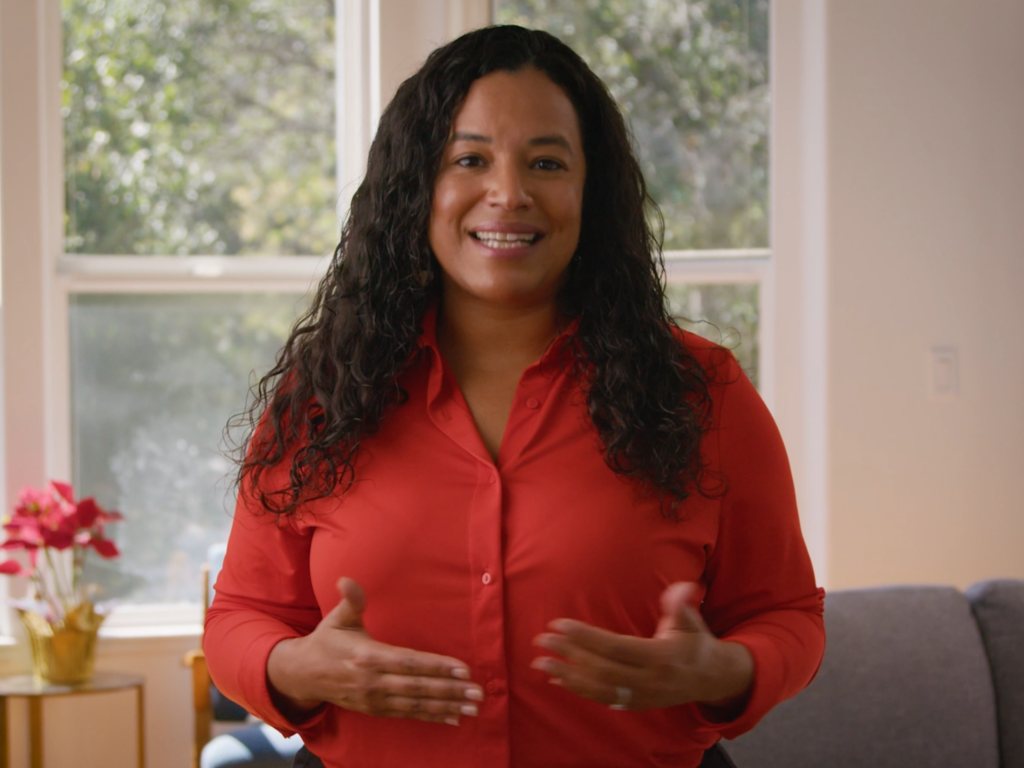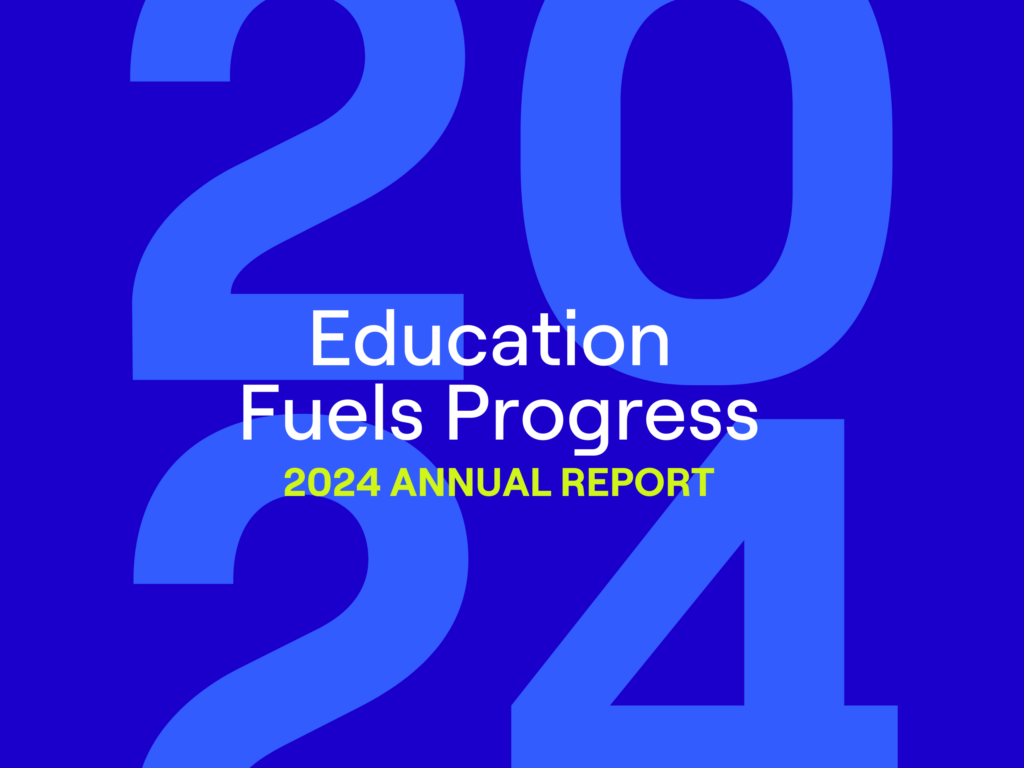For a dozen years, since the founding of Aspire Public Schools, charter management organizations (CMOs) have been a vital force in improving public education in this country, especially in low-income communities. A new report by Mathematica Policy Research, represents the most thorough examination to date of the impact and practices of those organizations. Here’s what we learn from it:
The headlines:
The nation’s strongest CMOs are delivering extraordinary results for students and families. Students are achieving learning gains that would be remarkable anywhere, but are particularly impressive in the low-income urban communities where most CMOs are located. These gains have the potential to close racial and socioeconomic achievement gaps. Today, a child from an upper-income family has seven times the chance of a child from a low-income family of completing college. These high-performing CMOs are providing an education that will dramatically raise the chances of college success for low-income and minority students, who make up the vast majority of their enrollment—often exceeding the proportion of such students in their host districts. According to the Mathematica study, strong school-wide cultures and intensive coaching of teachers are two distinctive features of high-performing CMOs, which appear to drive their impressive results. Not all the news is good, however. We also learn that too many CMOs—a bit less than a third of the group studied—are underperforming their host districts. This sobering finding should be taken very seriously by everyone who supports or oversees charter schools.
The details
Charter schools are public schools, open to all students and supported by public funds but independently managed. CMOs have sought to create sustainable school systems that reach large numbers of students by replicating innovative, high-impact school models. The CMO sector includes organizations that have become household names, such as KIPP, Aspire, Achievement First, Noble Network, Uncommon Schools, and many other organizations that are making college success a reality for thousands of children. For the past decade, NewSchools has helped to grow 17 of the nation’s 130 nonprofit CMOs.
The recently released report provides important information about the impact of CMOs, which account for about 1 in 6 charter schools nationally. Here are the most important things we learn from the report:
- The strongest CMOs are delivering remarkable benefits for their students. Students in these CMOs are achieving three years of learning in two years of school—a truly extraordinary accomplishment that has the potential to close racial and socioeconomic achievement gaps. These levels of achievement will sharply raise the chances that students are prepared for college success. It is exciting to see that these levels of excellence are spread across many more CMOs than are currently household names.
- The strongest CMOs tend to be larger than the lower performing ones, countering a long-held hypothesis that scale and quality are incompatible. On average, CMOs that have positive effects in both reading and math operate more than 12 schools (accounting for almost 57 percent of the total sample), while those CMOs with negative effects in both reading and math operate only seven (accounting for less than 25 percent of the total sample).
- The highest-performing CMOs have consistently strong performance across all measured subjects, suggesting that they are successfully building effective systems of instructional excellence. That belief is bolstered by a very important finding in the study: that the highest-performing CMOs tend to employ practices we know from our own experience to be vital: intensive instructional coaching and consistent school-wide behavior expectations.
- Too many CMOs aren’t serving students well enough.The fact that nearly a third of the CMOs are failing to outperform host districts is sobering, and is a reality that charter school authorizers and investors should take very seriously. The range of performance also underlines the fact that being a CMO does not guarantee excellent performance. The study also confirms that growth is not an improvement strategy: replicating success leads to more success, replicating mediocrity leads to more mediocrity.
- There is a statistically significant association between math achievement in CMOs and the percentage of new teachers coming from Teach For America and Teaching Fellows teachers. This finding not only demonstrates the value of TFA to the charter school sector, but it underscores the importance of alternative teacher preparations programs in general to addressing public education’s human capital challenges. Other staffing decisions (including opportunities for tenure) were not associated with positive impacts.
It’s important to note that none of the technology-enabled hybrid “bricks and clicks” school models that are rapidly growing today are included in the academic impact portion of the study, largely because few if any were large enough at the beginning of the study to be examined.
NewSchools is currently engaged in growing CMOs in Washington, DC, Boston and Newark through our City Funds. We will pay close attention to the lessons of this research as we aim to build the next generation of CMOs capable of delivering truly excellent results for historically underserved students and families.
Jim Peyser is Managing Partner of the NewSchools City Funds.


